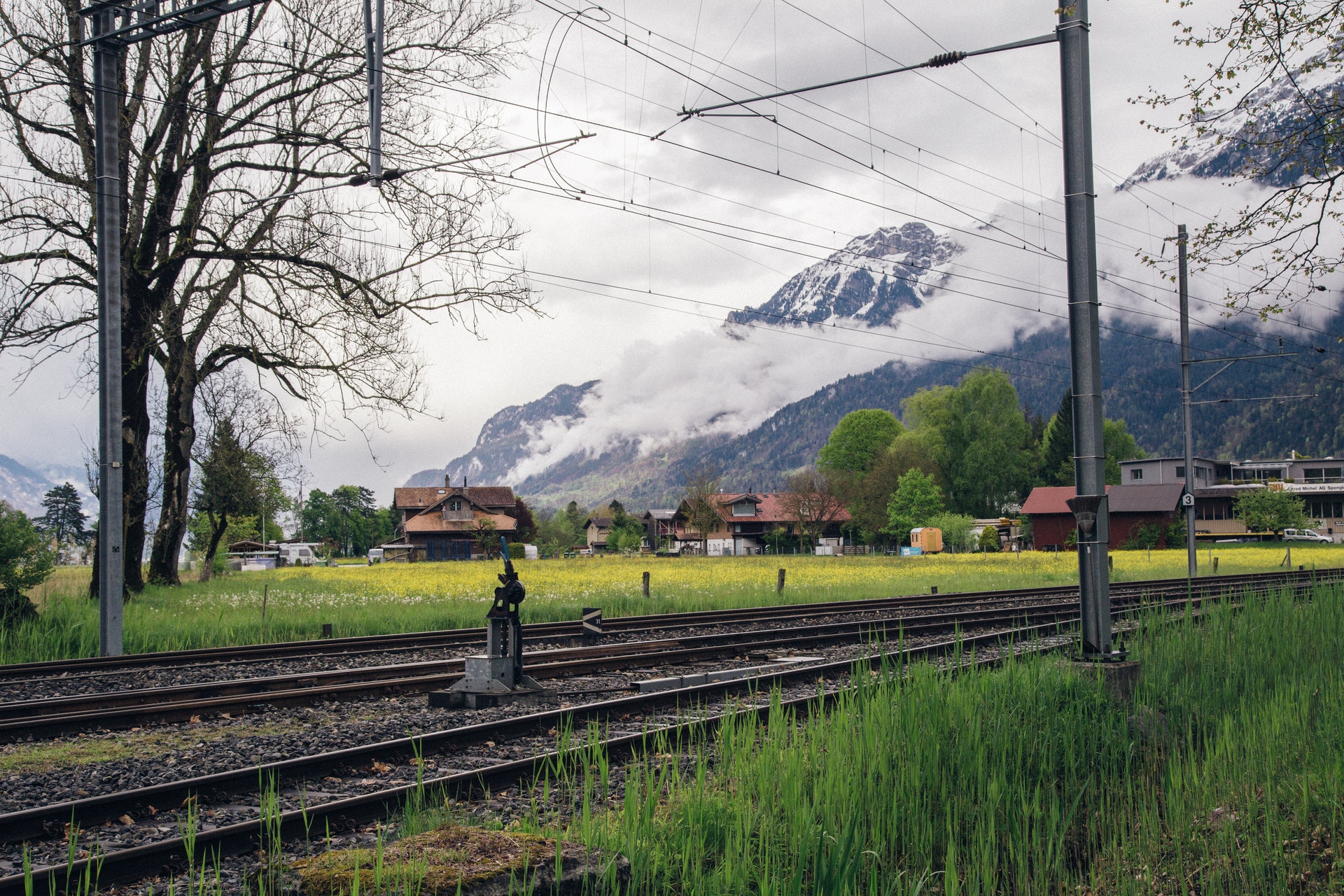Blog
From ”flight shame” to ”train boast” – making the most of new opportunities for rail in Sweden
Victoria Burgoyne
13 April 2020

Swedish State Railways (SJ) has for a long time highlighted the minimal climate footprint of rail compared to air travel. More recently, the “flight-shame” movement has emerged as an opportunity to take this one step further. The concept started to gain traction in social media in Sweden in 2017, about a year before climate change activist Greta Thunberg initiated her school strike, which developed into the world-wide Fridays For Future demonstrations. The basic idea behind “flight shaming” was that measures aimed at reducing air travel, such as increased fees for airlines, were insufficient. Targeting the social capital of the travellers would have a greater effect.
Travelling by train in Sweden has increased significantly in recent years. Since the mid 1990s, train passenger kilometres have increased by more than 200 per cent. Just between 2017 and 2019 the increase was another 10.4 per cent. In contrast, domestic air travel seems to have peaked in 2017, with a combined loss of almost 1 million passengers in 2018 and 2019, or -12.5 per cent. Consequently, rail has also improved its market share. These trends continued in January 2020, before the coronavirus crisis hit the transportation industry.
SJ regularly performs on-board surveys asking our customers about their reasons for choosing the train. Among 14 different alternatives, the environmental aspect is now – for the very first time – the top stated reason, mentioned by 34 percent of passengers.
During the past years, SJ has been communicating ”carbon savings” to private as well as business customers, comparing train emissions with corresponding numbers from cars and airplanes. In 2019 SJ decided to further explore the communication opportunities provided by more environmentally conscious customers and the increased interest in travelling by train.
We picked our most important line – Stockholm–Gothenburg – and formed a campaign around a very basic question: “How many journeys by train from Stockholm to Gothenburg can you take before the CO2 emissions equal those of a single flight?”. The answer, “40,000 journeys”, was conveyed in TV commercials, printed media and posters at railway stations. To calculate this number we used the standard methodology for calculation and declaration of energy consumption and CO2 emissions of transport services (EN 16258) and airplane emission data from Scandinavian Airlines1. The fact that SJ is able to purchase 100% renewable electricity, mostly from hydro power, did of course contribute significantly.
Going forward, we now also see a renewed interest in international train journeys. A related Facebook community has attracted more than 113,000 members and it has become a thing to “train boast” – bragging about going on vacation by train. SJ is working to make it easier to book international train journeys. Such journeys usually require some form of collaboration with other train operators, but also with airlines (e.g. for return journeys). Therefore, there are opportunities ahead, not only for rail.
1 SAS have later revised their figures, affecting the calculation of journeys to be reduced to 27,000.
Photo by Tranmautritam from Pexels
Category: Blog Operations passenger rail Sustainability
Tags: carbon savings Climate change Emissions Energy flight-shame SJ sustainability Swedish State Railways train-boast Victoria Burgoyne
About the author

Victoria is Sustainability Manager at Swedish State Railways (SJ), with 15 years of experience in the field. She holds a Master of Science degree in Chemical Engineering at the Royal Institute of Technology in Stockholm. SJ is Sweden’s main operator of passenger train services, with 4,600 employees and a turnover of € 820 M.